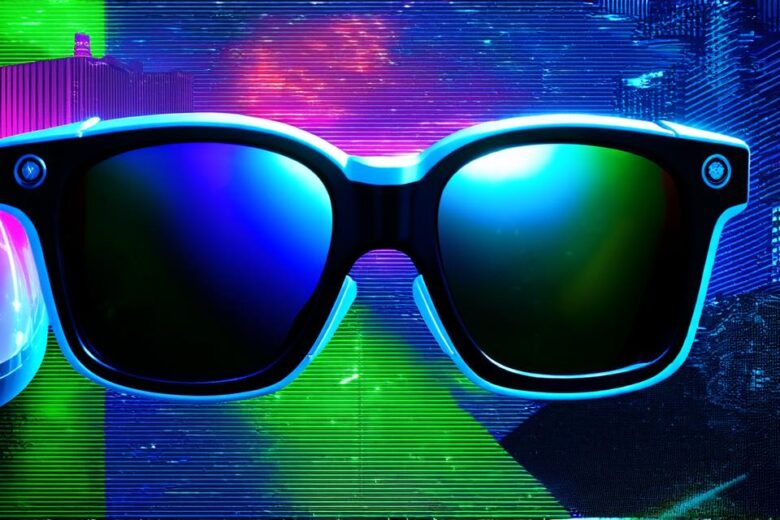Augmented reality (AR) is a technology that enhances or “augments” real-world environments with computer-generated information, images, and sounds. This information is superimposed on the user’s view of the physical world, creating an interactive and immersive experience.
How does Augmented Reality work?
AR works by using sensors and cameras to capture the user’s view of the physical world. This data is then processed by the AR software, which overlays digital information on top of the real-world environment. The AR software can use a variety of tracking methods, such as GPS, inertial measurement units (IMUs), or optical markers, to determine the user’s position and orientation in the physical world.
Applications of Augmented Reality
AR has a wide range of applications across various industries. Here are some examples:
- Gaming: AR games provide an immersive gaming experience by superimposing digital elements on the physical world. This allows players to interact with their environment in new and exciting ways.
- Marketing: AR marketing campaigns allow brands to create interactive and engaging experiences for customers. For example, a furniture retailer can use AR to let customers see how a piece of furniture would look in their home before buying it.
- Education: AR technology can be used to enhance the learning experience by providing students with interactive and immersive educational content. For example, anatomy students can use AR to visualize the human body in 3D.
- Healthcare: AR can be used in healthcare to provide doctors and patients with real-time information about a patient’s condition. For example, a surgeon can use AR to visualize a patient’s anatomy during surgery.

Benefits of Augmented Reality
AR technology offers several benefits, including:
- Enhanced user experience: AR provides users with an interactive and immersive experience that can be more engaging than traditional media.
- Increased efficiency: AR technology can streamline processes and reduce the need for physical labor in certain applications.
- Improved accuracy: AR technology can provide real-time information and reduce the potential for human error in certain applications.
- Cost savings: AR technology can reduce the need for expensive equipment or materials in certain applications, leading to cost savings.
Future of Augmented Reality
AR technology is constantly evolving, and we can expect to see even more innovative applications in the future. As the technology becomes more advanced and affordable, it will likely become an integral part of our daily lives. We may see AR used in areas such as transportation, entertainment, and social interaction. The possibilities are endless, and the future of AR is bright.
